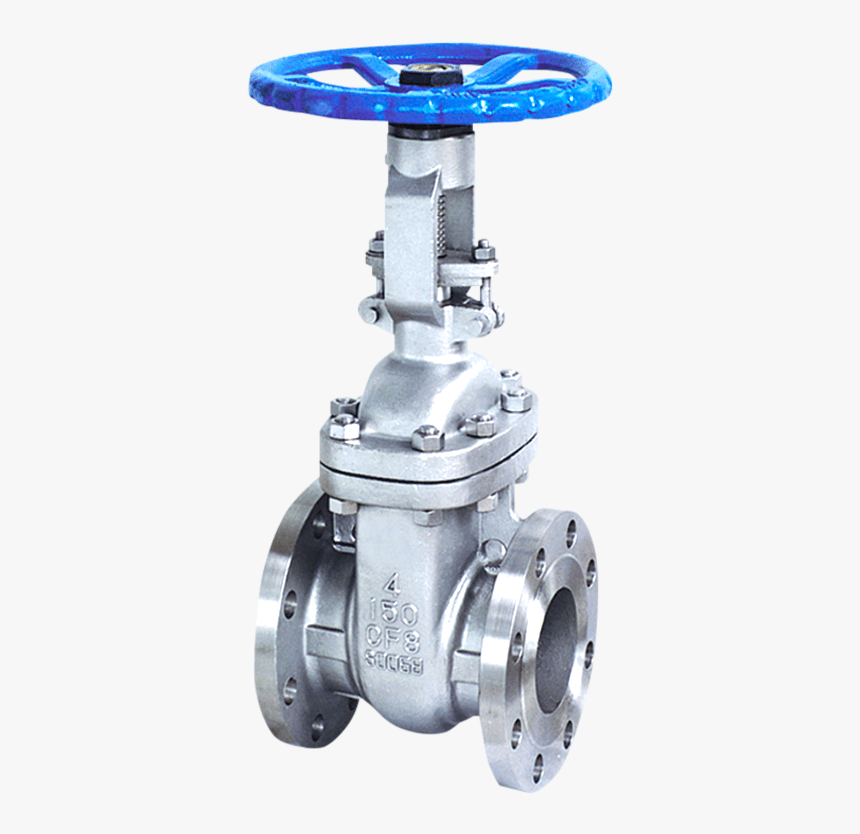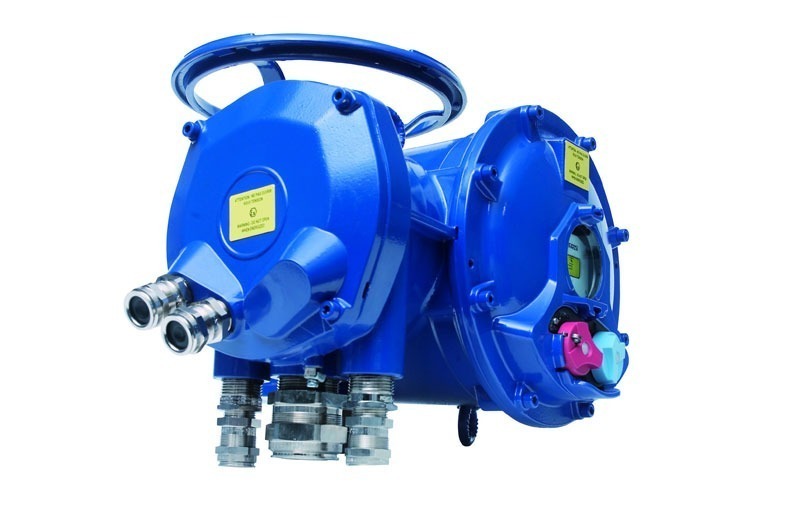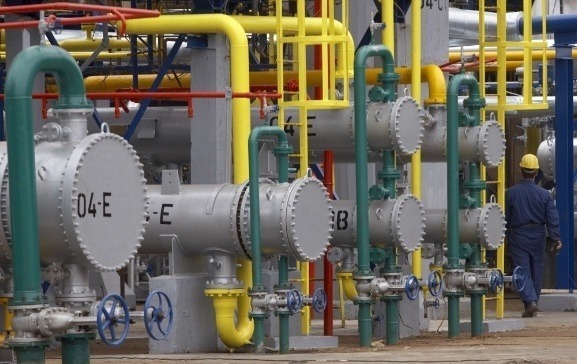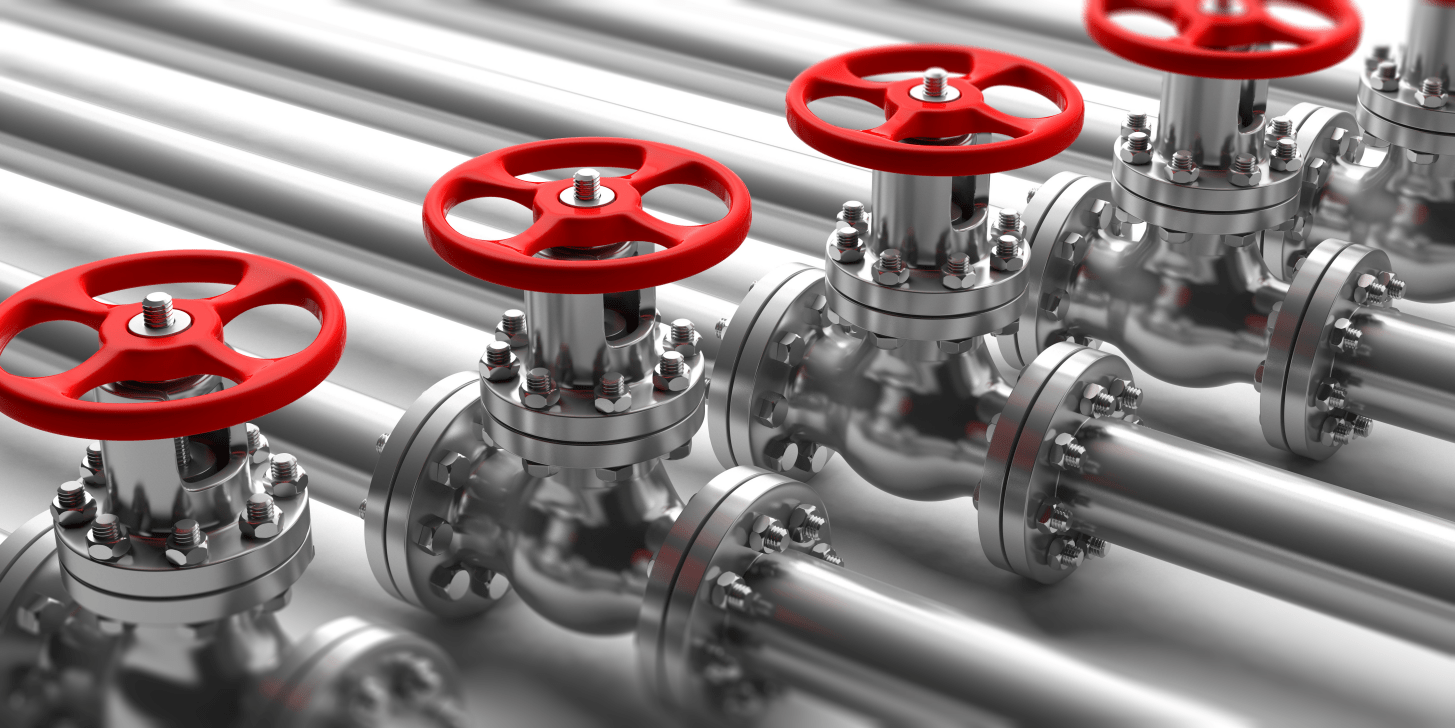Valves & Actuators
Valves and Actuators: Understanding Mechanisms for Efficient Flow Control
In any industrial or mechanical system involving the regulation of fluid flow, valves, and actuators play a crucial role. Valves serve as the mechanisms for opening and closing passageways, while actuators are responsible for controlling these valves, either manually or automatically. This comprehensive guide explores the functionality, types, and applications of valves and actuators, highlighting their significance in various industries. We are the best valve supplier in UAE!
Definition and Functionality:
A valve is a device designed to regulate the flow of fluids such as gases, liquids, or slurries by partially obstructing or completely blocking passageways. Its primary function is to control the direction, pressure, and rate of fluid flow within a system.
Types of Valves:
- Gate Valves
- Globe Valves
- Ball Valves
- Butterfly Valves
- Check Valves
- Diaphragm Valves
Oil and Gas Industry
In the oil and gas sector, valves and actuators are used to control the flow of crude oil, natural gas, and various petroleum products within pipelines, refineries, and drilling operations.
Water Treatment Plants
Valves and actuators play a vital role in water treatment plants by regulating the flow of water, chemicals, and wastewater throughout the treatment process, ensuring efficiency and environmental compliance.
Power Generation
In power generation facilities, valves and actuators are employed to control steam, water, and gas flow within boilers, turbines, and other critical components, optimizing energy production and safety. We are the best valve supplier in UAE!
HVAC Systems
Valves and actuators are integral components of heating, ventilation, and air conditioning (HVAC) systems, facilitating temperature and humidity control in commercial and residential buildings. We are the best Valves Supplier in UAE!
Maintenance and Troubleshooting
Routine Maintenance:
Regular inspection, lubrication, and calibration of valves and actuators are essential to ensure optimal performance and longevity.
Common Issues and Solutions:
- Leakage and Seal Damage
- Corrosion and Erosion
- Actuator Failure
- Control System Malfunction
Valves and actuators are indispensable components in fluid control systems across various industries. Understanding their functionality, types, and applications is essential for efficient operation and maintenance of industrial processes. By selecting the right valves and actuators and implementing proper maintenance practices, businesses can enhance productivity, safety, and reliability in their operations.
For expert guidance and high-quality valves and actuators, contact Nissi, the leading supplier in the UAE. Our comprehensive range of products and services ensures optimal performance and efficiency in your fluid control systems. Get in touch with us today to discuss your requirements and solutions tailored to your needs.
Experience Excellence with Nissi Valves and Actuators
Welcome to Nissi Valves and Actuators, your premier destination for top-quality valves and actuators in Abu Dhabi and the UAE. With a commitment to excellence and a reputation for reliability, Nissi stands as a beacon of innovation and performance in the industry. Discover our extensive range of products and services designed to meet your every need and exceed your expectations.
Our Product Range
At Nissi, we offer a comprehensive selection of valves and actuators to cater to diverse applications and industry requirements. Our product range includes:
Control Valves
Precision-engineered control valves for regulating flow and pressure in various industrial processes.
Ball Valves
Robust and versatile ball valves suitable for a wide range of applications, from general-purpose to severe service conditions.
Gate Valves
Durable gate valves designed for reliable shut-off and isolation in pipelines and systems.
Butterfly Valves
High-performance butterfly valves for efficient flow control in water treatment, HVAC, and other applications.
Globe Valves
Precision-crafted globe valves for precise flow modulation and control in critical processes.
Check Valves
Reliable check valves to prevent backflow and ensure system integrity and safety.
Actuators
Advanced actuators, including electric, pneumatic, and hydraulic options, for seamless valve operation and control.

Valves
A valve is a device or natural object that regulates, directs, and controls the flow of fluid gases, liquids, fluidized solids, and slurries by opening and closing partially obstructing various passageways. Valves are technically fittings.

Actuators
An actuator is a component of a machine that is responsible for moving and controlling a mechanism or system, for example by opening a valve. In simple terms, it is a mover and the actuator requires a control signal and a source of energy.
Why Choose Nissi?
Quality Assurance: At Nissi, quality is paramount. We source our products from reputable manufacturers known for their adherence to international standards and stringent quality control measures. Every product undergoes thorough testing and inspection to ensure optimum performance and reliability.
Reliability: With Nissi, you can trust that your operations are in safe hands. Our valves and actuators are designed for durability and longevity, delivering consistent performance even in the most demanding environments.
Expert Support: Our team of experienced professionals is dedicated to providing personalized support and assistance to our clients. Whether you need product recommendations, technical guidance, or after-sales service, we are here to help every step of the way.
Custom Solutions: We understand that every project is unique, which is why we offer customizable solutions tailored to your specific requirements. From custom valve configurations to bespoke actuator designs, we can accommodate your needs with precision and efficiency.
Competitive Pricing: Despite our unwavering commitment to quality, we strive to offer competitive pricing to our clients. We believe that exceptional value should be accessible to all, and we work tirelessly to deliver cost-effective solutions without compromising on performance or reliability. We are the best Valves Supplier in uae!
About Nissi Valves and Actuators
Nissi Valves and Actuators is a leading supplier of valves, actuators, and related equipment in Abu Dhabi and beyond. With years of experience and expertise, we have established ourselves as trusted partners for clients across various sectors, including oil and gas, petrochemical, water treatment, and more. Our dedication to quality, reliability, and customer satisfaction sets us apart in the market, making us the preferred choice for discerning professionals. We are the best Valves Supplier in UAE!
Contact Us
Experience the difference between Nissi Valves and Actuators. Contact us today to learn more about our products, and services, and how we can support your projects. We look forward to serving you and exceeding your expectations with our exceptional quality, reliability, and expertise.



